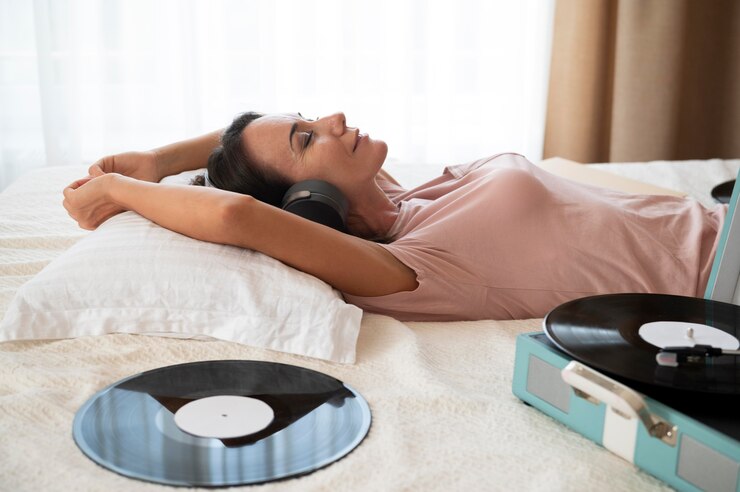Make good sleep a dream come true with professional insights on so-trendy noise. Sleeping. It’s something we all do even babies do it (a lot, though not at 3 a.m.). Yet, adults may need help to get the recommended seven to eight hours of nightly rest. Machines that play white noise for sleep are often marketed as “must-have” items for baby shower registries, but nowadays, even grown-ups may receive targeted ads for sound machines. Some are white noise machines, while others swear it’s best to play brown noise for sleep. You may also have noticed that a debate between brown noise vs. white noise has raged on social media. Which is it When we are sleep deprived, we have less self-control, which makes us more impulsive, moody, reactive and with stronger and more intense feelings Many of us have enjoyed sleeping in the backseat of a car to the hum of the road, in a hotel room to the sound of a fan or an air conditioner or on an airplane to the sound of the engines noise comes in three types—brown, white and pink, the third of which is a lower frequency than white. Right now, we’re zooming in on the brown noise vs. white noise for sleep debate so that catching Zzzs isn’t a wild pipe dream. What Is White Noise White noise is a blend of all of the hearable frequencies. “This creates a uniform, static-like background noise that can mask other sounds in your environment that might disturb your sleep What Is Brown Noise Brown noise has a lower frequency, producing a deeper, rumbling sound, Brown noise is particularly effective for reducing anxiety and aiding in focus, especially for those who find high-frequency sounds too grating like nails on a chalkboard. Tips For Using Brown or White Noise For Sleep Experts share some best practices for getting the most out of a sound machine or playlist, regardless of your chosen frequency. Avoid loud volumes. Even noise considered low-frequency can be loud enough to disrupt sleep. “Ideally, have a sleep timer or some method to turn down or off the noise towards the morning, when sleep gets lighter Skip the headphones and speakers if possible. You may need this if a bed partner prefers the other noise (or none). However, Dr. Dimitriu says sleeping without them (especially headphones) is best for limiting disruptions. Location, location, location. Where you put a sound machine can help you sleep tighter (and hear it at a reasonable volume for sleep). “Placing it on a nightstand near the bed can be more effective than across the room, Prioritize consistency. “Maybe start by turning on a sound machine or a noise app about 30 minutes before you try to go to bed Be realistic. Sound machines for sleep aren’t miracle workers. “It’s important to keep expectations realistic and use a variety of strategies, including other relaxation techniques and lifestyle changes, to address these issues effectively
Thank you for reading this post, don't forget to subscribe!



